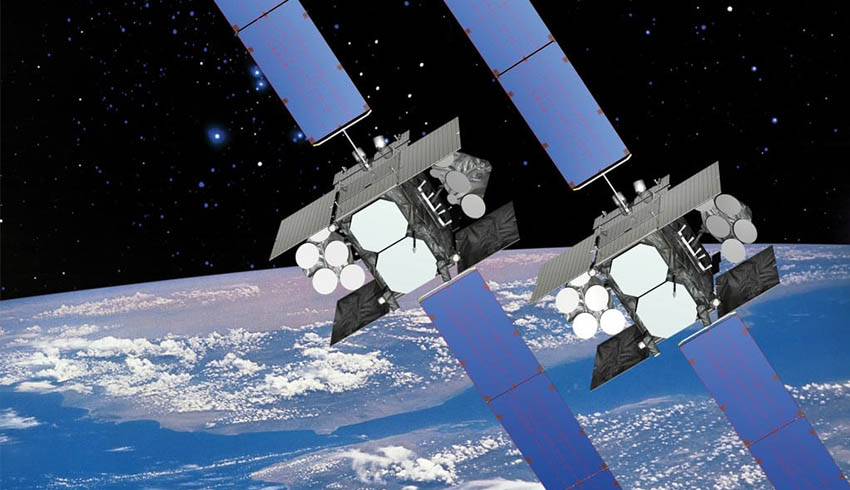This is the newest of the WGS series, with the US$424 million satellite launched in mid-March on a United Launch Alliance Delta 4 medium rocket.
The manufacturer, Boeing, verified the performance of WGS-10 and handed control to the US Air Force in July.
In-orbit testing was performed by a team of USAF, Army and Navy engineers and operators, who trialled the satellite’s anti-jam capabilities and other cyber security techniques and procedures that will be incorporated across the WGS constellation.
This a big deal for Australia as the WGS constellation is the key component of Australian Defence Force satellite communications capability. Australia is an international partner in the WGS program through funding of satellite WGS-6, which gives us proportional access to the network.
Other international partners are Canada, Denmark, Luxembourg, the Netherlands and New Zealand, which contributed to the cost of WGS-9.
The WGS constellation provides fast broadband communications for the US military and allies. The first WGS satellite was launched in 2007, with capability steadily improved such that WGS-10 can deliver download speeds of up to 11 gigabits per second.
Just one WGS satellite has the same capability as the entire legacy 14-satellite DSCS network.
WGS satellites are operated by the US Air Force 4th Space Operations Squadron at Schriever Air Force Base, Colorado. Soldiers from the US Army 53rd Signal Battalion manage five Wideband Satellite Communication Operations Centers where they control the WGS payloads.
The US Air Force considered the WGS constellation complete with WGS-10 and sought no more satellites.
But it’s getting them. In 2018, the US Congress inserted US$605 million funding for WGS-11 and WGS-12 into the US defence budget, with the contract with Boeing for WGS-11 announced in April.
The USAF and Boeing are still negotiating the terms of the WGS-11 deal. One possibility is a satellite with double the capacity of earlier WGS satellites so that WGS-12 won’t be needed.
It’s expected WGS-11 will be completed in late 2023.
While Congress provided funding for the satellites, it provided nothing towards the substantial cost of launch.
The US Air Force has also asked Boeing to help recruit international partners for WGS-11. So, Australia might be asked to contribute.

